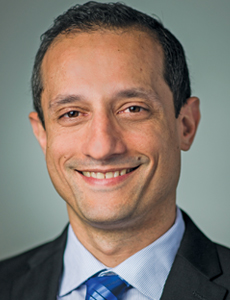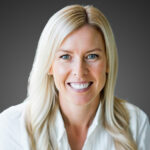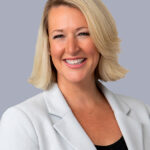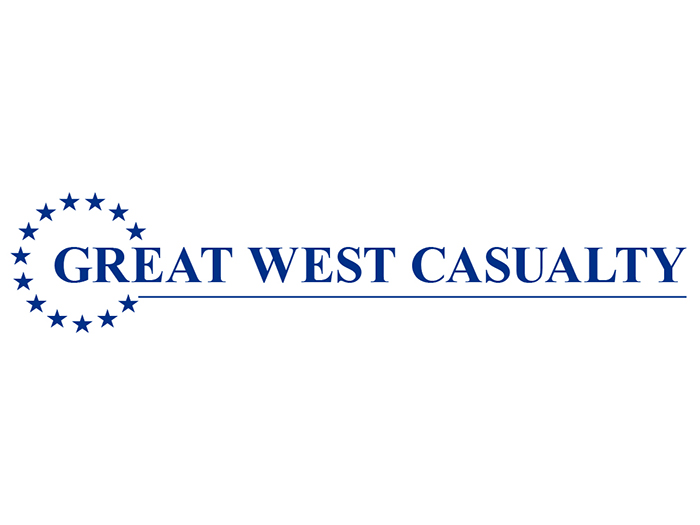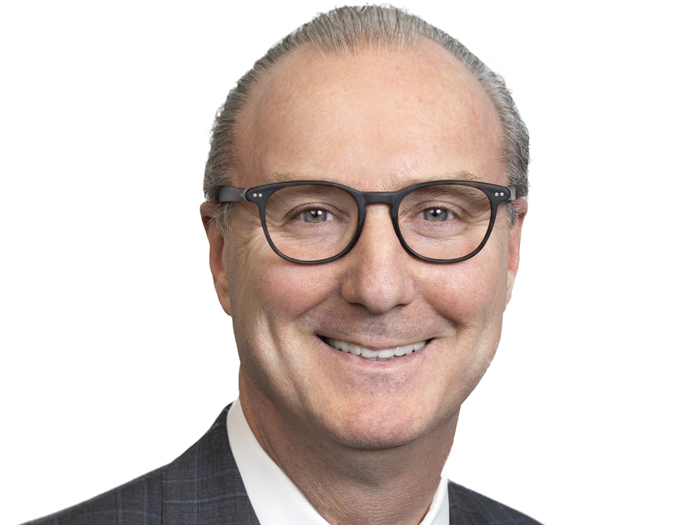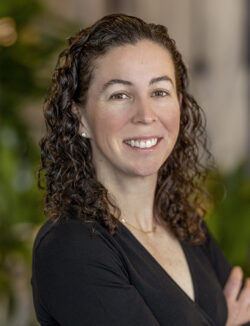Diversity Initiatives
Managing Diversity

The American Association of Managing General Agents is gearing up a diversity and inclusiveness initiative to help its membership respond to the shifting demographic profile of insurance buyers. The U.S. Census Bureau projects that what we now call minority groups will become the majority of the U.S. population by 2042.
The AAMGA’s first step in establishing the program was to publish a diversity mission statement acknowledging that the insurance industry and its customer base are increasingly diverse. It urged all AAMGA members to treat all people equally, with dignity and respect.
The AAMGA backed up its words by extending reciprocal membership to leaders of ethnically and culturally diverse insurance associations including the Latin American Association of Insurance Agencies, the Chinese American Insurance Association, the National African American Insurance Association and others.
Delegates at the AAMGA’s May annual meeting were scheduled to make plans to educate the broader AAMGA membership base about the role diversity plays in business today.
“This is a working statement. It isn’t a business plan that sits on a desk that nobody looks at,” said Roger Ware, the incoming president of the AAMGA and CEO of Genesee General, who is making the diversity program a top priority of his presidency.
“Whatever your ethnicity, religion or location, as long as you have good business ethics, we want you in our association … it helps perpetuate the industry.”
An insurance association rooted in Latin American culture was one of the first organizations targeted.
Javier Naranjo, president of the Latin American Association of Insurance Agencies, said his association expanded its scope beyond the original mission of opening doors for Latino agents in the 1960s and 1970s. Today, agents and insurance companies of all backgrounds look to the LAAIA for guidance on how to appeal to buyers of different cultural backgrounds and to tailor products to meet their needs.
Naranjo, a principal with Security Underwriting in Miami, said that working with the AAMGA underscores the importance of diverse business practices and agent associations to the independent agent system and business model. In fact, he sees diversity as a business imperative.
“The stronger we become, the stronger the business model becomes. Diversity helps protect against other companies coming into the insurance space. We’re looking to protect and strengthen our business model,” said Naranjo, who noted the trend of increased competition from other sectors including the banking industry.
The LAAIA, which is established in Florida and other parts of the South, hopes to leverage the AAMGA’s national footprint to establish new chapters in AAMGA markets with strong Latin communities.
As an example of what the AAMGA hopes to achieve with its diversity efforts, Executive Director Bernie Heinze points to its successful track record of bringing students and younger insurance professionals into the fold.
“Our demographics show that 57 percent of AAMGA members are under the age of 40,” said Heinze.
“Ten years ago it was the exact opposite. We are so encouraged.”
The AAMGA’s Under 40 Organization boasts about 400 active members and its college outreach program is engaged with universities, professors and students at risk management programs throughout the U.S. A six-year-old insurance white paper contest for college students received more than 60 entries this year, and the winning student authors are awarded scholarships and VIP passes to the AAMGA’s annual meeting.
The students are paired with a senior member of AAMGA to mentor them during the conference, and these introductions often result in job offers for the students.
Heinze identified the expansion of diverse hiring practices and industry education as two important pillars of the AAMGA’s inclusiveness efforts.
“We want to educate our members about the benefits to be gained by employing a more diverse workforce, including better business ideas,” said Heinze.
“We’ll also focus on wholesale insurance education. It’s an opportunity to introduce those insurance agents with a unique constituency on how to access our solutions. What do diverse communities require to access the wholesale market? And how do we help them become wholesalers?”
Heinze said that clients today want to do business with people who are more like them and that business referrals are likely to come from a church or a rotary meeting or among other groups where individuals of the same background or culture already have an established trust.
The AAMGA doesn’t view diversity as something based just on race, gender or sexual orientation. Heinze said that it also means challenging its membership to embrace more progressive and diverse business ideas that will make the industry more successful.
He said the organization has also increased its efforts to recruit more women members as AAMGA leaders and officers with the ultimate goal of electing women presidents.
Naranjo said that while many larger insurance companies might have the resources to cultivate in-house diversity initiatives, smaller agencies with other focuses will look for partners to help them integrate diversity into their business models and form deeper connections with the communities they serve.
“I tip my hat off to the AAMGA for initiating the conversation and I think it’s very progressive in terms of thinking long-term and bringing value to the AAMGA membership,” said Naranjo.
With its initial round of planning and outreach complete, AAMGA members can expect more communication about diversity during the coming year as concrete programs and educational opportunities take shape.
“The insurance industry has got to be there for all people who have risks,” said Heinze.

